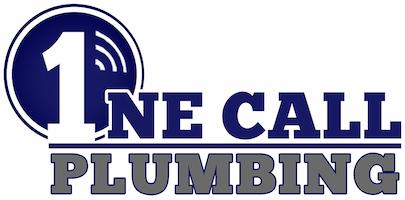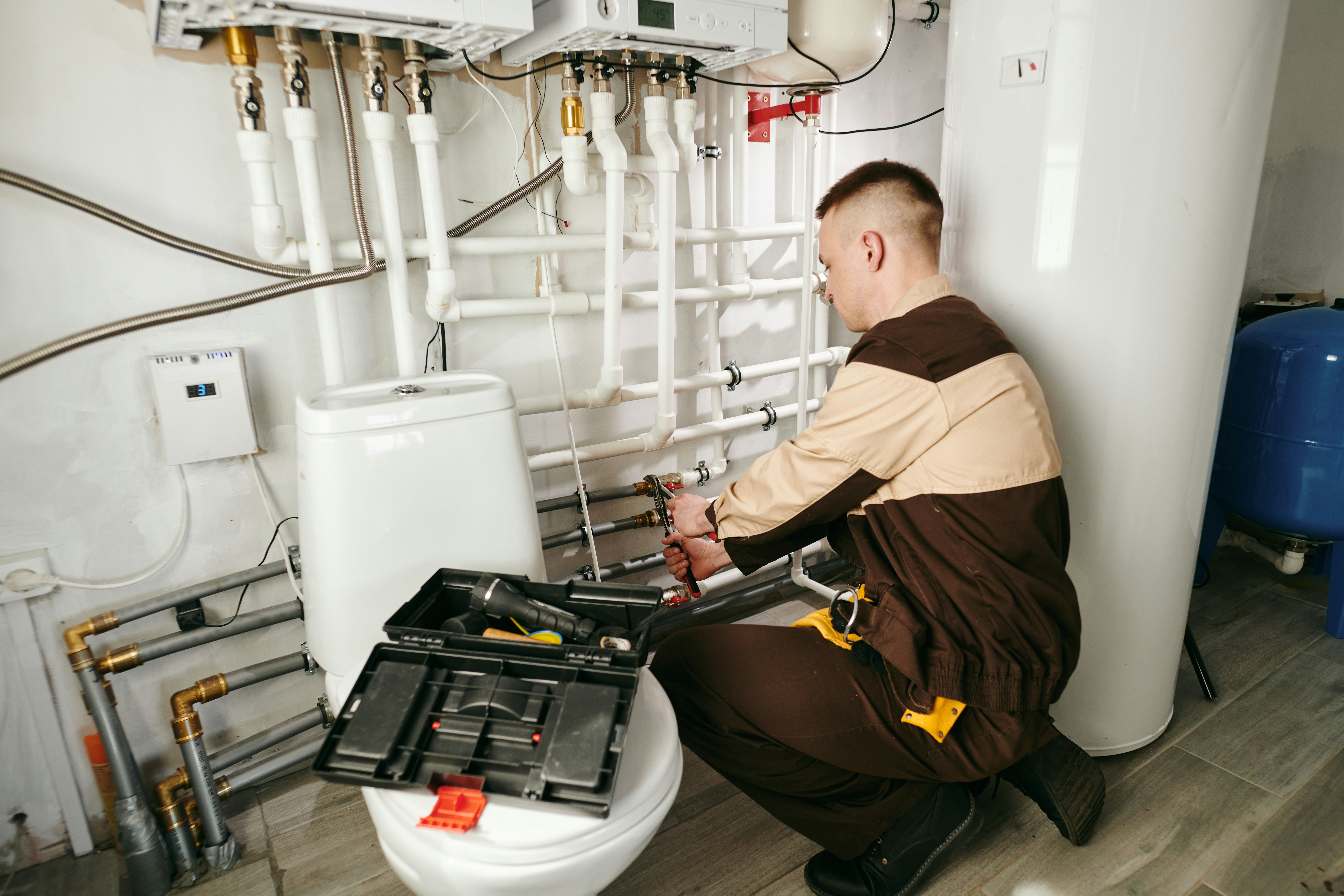Routine drain inspections are a critical maintenance step for any homeowner or property manager. They act as a proactive approach to identifying and resolving plumbing issues before they escalate into costly repairs. By scheduling these inspections regularly, you are taking a key step towards ensuring the longevity and efficiency of your drainage system. Potential blockages, pipe damage, and wear can be detected early, giving you the opportunity to address them promptly and efficiently.
Neglecting your drain health can lead to a myriad of challenges, including severe blockages, unpleasant odors, and even structural damage due to leaks. These issues often result in emergency calls to plumbers, which come with high service costs and disruptions to your daily routine. Routine inspections, on the other hand, offer a more cost-effective solution by avoiding emergency repairs. The practice can extend the life of your plumbing systems, increase your home’s value, and maintain a healthy living environment.
Drain inspections involve a thorough assessment of your pipes using advanced diagnostic tools such as drain cameras. This technology provides an inside view of your drainage system, allowing for precise identification of any hidden issues. With this valuable information, you can make informed decisions about any required maintenance or repairs. Embracing routine drain inspections is a savvy and strategic choice that can save you time, money, and the inconvenience of unexpected plumbing disasters.
Importance of Routine Drain Inspections
Routine drain inspections are a proactive measure to ensure your drainage system remains in optimal condition. By scheduling regular check-ups, you can identify and resolve minor issues before they escalate.
Preventing Clogs and Backups
- Clogs occur when waste accumulates and blocks water flow.
- Regular inspections detect the buildup early, preventing clogs and potential backups.
When you have routine inspections, professionals can spot the signs of waste buildup and obstructions. They can then clean your drains before a complete blockage occurs. This preemptive approach helps to maintain a clear path for water and waste, reducing the chance of clogs and the inconvenience of backups.
Avoiding Costly Repairs
- Small issues can quickly become major problems if not addressed.
- Early detection through inspections can save you from expensive repairs.
During inspections, professionals look for cracks, joint displacements, and other structural issues in your drains. By identifying these faults early, you can fix them at a lower cost compared to extensive repairs that might be needed if these issues are left unattended. Regular maintenance can extend the life of your drainage system and help you avoid the financial burden of major restorative work.
How Drain Inspections Can Detect Potential Issues Early
Routine drain inspections are crucial for spotting problems within your drainage system before they escalate into major repairs. These inspections can save you time and money by preventing extensive damage.
Identifying Pipe Corrosion
Through regular inspections, professionals can detect pipe corrosion. This is a common issue where the pipes deteriorate over time. Early signs include discoloration and warping. When caught early, you can replace sections of the pipe before leaks occur.
Detecting Root Infiltration
Another benefit is the early detection of root infiltration. Tree roots can cause significant damage by growing into pipes. Inspections often utilize cameras, which reveal any root presence that may not yet be causing blockages but could lead to severe problems if unaddressed.
Spotting Early Signs of Damage
Finally, inspections are pivotal for spotting early signs of damage. Cracks or misalignments in pipes can be subtle and worsen over time. Utilizing visual aids like CCTV, inspectors can identify such issues early, allowing for prompt repairs that maintain your system’s integrity.
Technologies Used in Drain Inspections
Routine drain inspections employ a range of technologies to detect issues within pipes and drainage systems. These techniques allow you to identify potential problems before they worsen, guiding maintenance and repairs.
CCTV Inspection
Closed-circuit television (CCTV) inspection is a key method in drain diagnostics. When you deploy a CCTV camera through your drainage system, it provides real-time video feedback. This enables you to visually inspect the internal condition of pipes, identifying obstructions, damage, and wear.
- Benefits:
- Live video for immediate analysis
- Minimal disruption to property
Hydrostatic Pressure Testing
To assess the integrity of your drainage system, hydrostatic pressure testing is invaluable. You perform this by sealing off a section of pipe and filling it with water, then measuring the pressure to determine if there are leaks or weaknesses.
- Procedure:
- Seal section of drain
- Fill with water and measure pressure
Sonic Testing
The use of sonic testing involves sending sound waves into your drains to detect changes in the pipe’s structure. These changes in sound waves can indicate cracks or other issues within the pipes that are not visible with other methods.
- Advantages:
- Detects damages not apparent visually
- Non-invasive and quick execution
Benefits to Homeowners and Businesses
Routine drain inspections play a pivotal role in maintaining the integrity of plumbing systems for both homes and businesses. These assessments detect problems early, yield financial savings, and ensure the safe operation of facilities.
Enhanced Property Value
Regular drain maintenance through professional inspections can significantly elevate property value. Potential buyers often prioritize properties with a proven track record of upkeep, and showcasing documented professional inspections, such as those performed by qualified technicians in Spartanburg, SC, can set your property apart. A clean and well-maintained drainage system suggests diligent property care, potentially leading to higher resale prices.
Operational Efficiency
For business owners, ensuring the seamless functioning of all plumbing systems is crucial for uninterrupted operations. Routine inspections identify obstructions or damage, preventing costly downtimes associated with emergency repairs. In industries reliant on constant water flow, like hospitality or manufacturing, this foresight is critical for maintaining productivity and customer satisfaction.
Health and Safety Improvements
Staying ahead of drain issues can markedly improve the health and safety of a property’s occupants. Inspections and subsequent drain cleaning eliminate harmful bacteria and unpleasant odors, creating a healthier living or working environment. Moreover, it mitigates the risk of leaks or flooding, which could lead to structural damage, mold growth, and a host of associated health concerns.
Scheduling and Planning Inspections
Routine drain inspections are a critical preventative measure. They help you anticipate issues before they escalate into costly repairs.
Setting Inspection Frequency
To maintain your drainage system effectively, you should schedule inspections at regular intervals. Here’s a basic guideline for different property types:
- Residential properties: Once every two years.
- Commercial properties: Annually, due to heavier usage.
- Properties with mature trees: Every 6 to 12 months, because roots can intrude pipes.
Consider environmental factors and usage patterns specific to your property for tailored scheduling.
Choosing the Right Service Provider
Qualifications: Ensure the service provider has the necessary certifications and licenses. Look for professionals with a good track record.
Technology and Equipment: Providers should use modern diagnostic tools like video inspection for accuracy.
Service Agreements: A clear service agreement detailing scope, timeframes, and costs protects your interests.
Case Studies on Drain Inspection Benefits
Routine inspections of your drainage system can yield significant advantages, from preventing minor issues from escalating to avoiding extensive property damage. These case studies provide evidence of the tangible benefits experienced by both residential and commercial property owners.
Residential Success Stories
In one instance, a homeowner noticed recurring clogs and had scheduled bi-annual inspections. During an inspection, a small tree root intrusion was discovered before it could expand and cause extensive damage. This early detection allowed for a simple removal, avoiding the costs and inconvenience of a major pipe repair.
Another case involved a historic home where the owner prioritized preventative maintenance. A routine inspection revealed aging pipes at risk of collapse. By addressing the issue proactively, the homeowner preserved the home’s integrity and valuables within.
Commercial Cost-Saving Examples
A local restaurant consistently dealt with slow drains. To tackle this issue, management decided to arrange for quarterly inspections. This proactive approach led to the discovery of an accumulating grease blockage. Intervention before an overflow occurred prevented public health issues and the financial impact of a temporary business closure.
For a busy hotel, maintaining a fully operational drainage system is critical. The establishment implemented scheduled inspections, which revealed early signs of corrosion in the pipes due to the high-demands placed on the system. Addressing these issues promptly was vital in ensuring guest satisfaction and uninterrupted service. Property owners in the hospitality industry like hotels can learn from such examples provided by companies specializing in Commercial Drain Services, which emphasize the importance of customized maintenance plans.
Understanding Drain Systems
Your home’s drain system is a critical infrastructure, crucial for maintaining a healthy living environment. It’s imperative to comprehend its components and recognize the common issues that can affect its functionality.
Types of Drains
- Indoor Drains: Located in your kitchens, bathrooms, and utility spaces, these are the most interacted with drains in a household, managing wastewater from sinks, toilets, showers, and appliances.
- Outdoor Drains: These are designed to handle rainwater and can be found in yards, at the end of downspouts, and in driveways.
| Drain Type | Locations | Purpose |
| Indoor | Kitchen, Bathroom | Remove wastewater from daily use |
| Outdoor | Lawn, Downspouts | Manage rainwater and prevent flooding |
Common Drain Problems
- Clogs: Accumulation of debris, such as hair, soap scum, or grease, can restrict water flow, necessitating immediate attention.
- Leaks: Broken seals or corrosion can cause water to leak from pipes, potentially damaging your property.
- Odors: Persistent bad smells may be a telltale sign of blockages or other issues in the drain system.
By recognizing the types of drains in your home and understanding the common problems they face, you can better prepare for routine inspections to ensure your system remains in optimal working order.
Legal and Environmental Considerations
When scheduling routine drain inspections, understanding the legal obligations and environmental impacts is crucial. Your attentiveness to these areas ensures responsible management of your property’s drainage system.
Compliance with Regulations
You are required to adhere to local and national plumbing codes. These regulations are designed to ensure safe and effective drainage systems. Violations can lead to fines or legal action. Here are key regulatory aspects to consider:
- Inspection Frequency: Depending on your location, you may be required to have your drains inspected every few years. Check your local guidelines.
- Certification of Inspectors: Only use certified professionals who are knowledgeable about current legal standards.
Eco-Friendly Practices
Incorporating eco-friendly practices into your maintenance routine helps protect the environment. Details to keep in mind include:
- Proper Waste Disposal: Ensure that waste removed during inspections does not contaminate soil or water bodies.
- Use of Non-Toxic Chemicals: Select services that use environmentally safe chemicals to prevent damage to local ecosystems.
Remember, responsible drain maintenance goes beyond immediate concerns, contributing to a sustainable future.
Book your routine drain inspection with One Call Plumbing.



